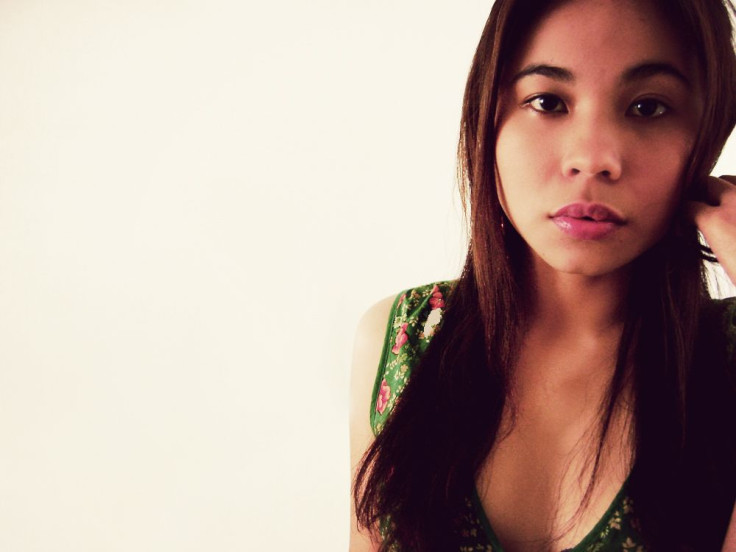Selfies Aren't All Narcissism: This Professor Believes They're A Political Tool Of Opposition, Resistance

Selfie, the shortened version of self-portrait: a word that describes a photo of oneself, typically taken from an iPhone and posted on social media. Everyone has done it, and we all witness a silent stream of selfies pour into our Instagram and Facebook news feeds daily. We cringe at many and dismiss them as signs of petty folly; but what if the selfie held a lot more meaning — and power — than simply narcissism?
That’s what Derek Conrad Murray, an art theorist and Assistant Professor of History of Art and Visual Culture at the University of California at Santa Cruz, argues in his new paper. The paper, published in Consumption Markets & Culture, examines the cultural, artistic, and political aspects of selfie-taking, aiming to grasp a more in-depth understanding of this cultural phenomenon.
“Popularly regarded as a shallow expression of online narcissism, the selfie is both adored and reviled; yet it flourishes as one of the most effective outlets for self-definition,” Murray writes. “Through a critical engagement with a history of feminist representational politics, this paper explores the political urgency at the heart of the selfie phenomenon, and contemplates whether the urge to compulsively self-image is mere narcissism, or a politically oppositional and aesthetic form of resistance.” He notes that the selfie is a “means for self-expression” that allows people to engage in “self-fashioning.”
Murray argues that individually, selfies often “appear rather banal, commonplace, and benign.” But when viewed together, they seem to hint at some form of revolutionary movement — a post-Third Wave feminist movement that reclaims the female body.
Perhaps we can see Murray's point in a simpler and more tangible way if we look at the cervical cancer awareness campaign known as #SmearForSmear. The campaign encourages women to take selfies with smeared lipstick on their faces, post it to social media, and apply the hashtag #SmearForSmear; it’s meant to spur more women to get routine Pap smears. Of course, #SmearForSmear isn’t exactly an unconscious feminist movement; but it shows that selfies can be elevated to another power and transcend their tendency to be dismissed as narcissistic.
Murray concludes that the selfie, for many young women, is a way to transcend societal standards or a culture that imposes upon them. Whether the selfie is a pitiful cry for attention, a bland duck-faced sorority girl, or an artist manipulating the self-portrait expertly, the point is that selfies put control in women’s hands themselves; it is their own vehicle for self-expression, and that self-expression can be anything. Selfies help “to make [these girls] visible, in a cultural climate that continues to negate, ridicule, malign, and sexualize them,” Murray wrote. “Maybe the selfie is an instinct of self-preservation: a survivorship reflex.”
Source: Murray, D. Notes to self: the visual culture of selfies in the age of social media. Consumption Markets & Culture. 2015.



























